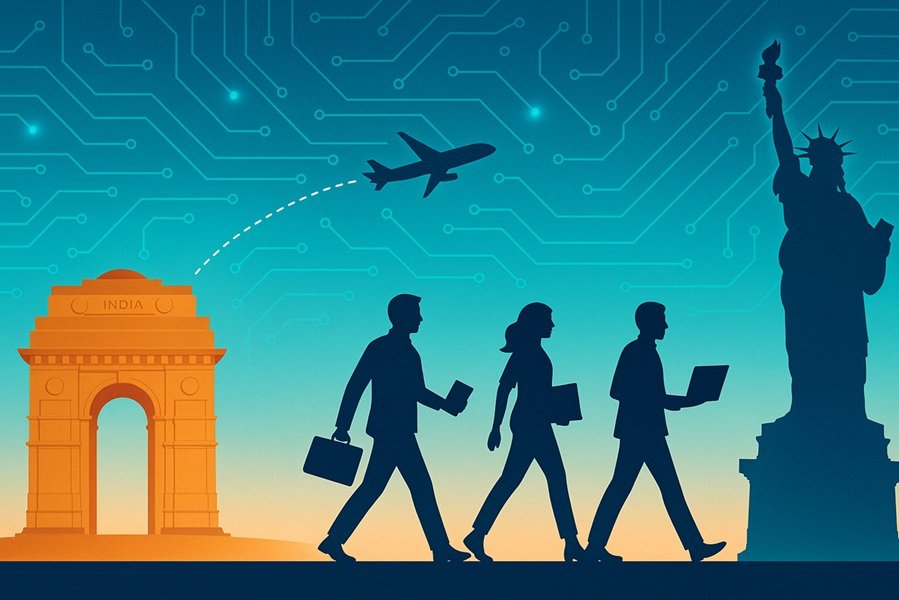
The term “Global South” is a socio-political and economic designation that broadly refers to countries located in Latin America, Africa, Asia, and Oceania. While it is primarily used as a geopolitical term, it also encompasses cultural, historical, and economic dimensions. These countries share common challenges such as poverty, underdevelopment, and historical exploitation but also display remarkable diversity and resilience. The Global South has become a significant force in international politics, economics, and cultural discourse, advocating for a more equitable world order.
Origins of the Term “Global South”
The concept of the Global South emerged as a response to the traditional binary classifications of the world, such as First World vs. Third World or developed vs. developing nations. These earlier terms often carried colonial and Cold War connotations, which failed to capture the nuanced realities of countries outside the Global North.
The term “Global South” gained prominence in the late 20th century as a more neutral and inclusive way to describe regions historically marginalized in global systems of power and wealth. It underscores shared experiences of colonization, economic dependency, and the struggle for equitable participation in global governance.
Characteristics of the Global South
While the Global South is diverse, certain characteristics often define the countries within this grouping:
- Economic Challenges:
- Many countries in the Global South face high levels of poverty, income inequality, and unemployment.
- Dependency on agriculture or extractive industries often limits economic diversification.
- External debt and reliance on foreign aid constrain growth and development.
- Colonial Legacies:
- Most countries in the Global South were colonized by European powers, which disrupted traditional governance, economies, and societies.
- Colonial exploitation extracted resources and wealth, leaving these nations at a disadvantage in the global economy.
- Political Structures:
- Political systems in the Global South range from democracies to autocracies, often shaped by colonial histories and struggles for independence.
- Many countries have faced challenges like political instability, corruption, and weak institutional frameworks.
- Demographics:
- The Global South is home to the majority of the world’s population, with high birth rates and young demographics.
- Rapid urbanization is a common trend, leading to the growth of megacities.
- Cultural Richness:
- Despite economic and political challenges, the Global South is rich in cultural diversity, languages, traditions, and art forms.
- Indigenous knowledge systems and cultural practices contribute to global heritage.
Economic Potential and Challenges
The economies of the Global South are marked by both immense potential and persistent challenges:
- Emerging Markets: Countries like India, China, Brazil, and South Africa are major players in the global economy, driving growth and innovation.
- Natural Resources: The Global South possesses abundant natural resources, including oil, minerals, and arable land. However, resource extraction often leads to environmental degradation and economic dependency.
- Trade and Investment: While global trade has opened opportunities, many nations face trade imbalances, unfavorable terms, and reliance on low-value exports.
- Digital Economy: Advances in technology and digitalization are creating new opportunities for development, particularly in fintech, e-commerce, and mobile technology.
Role in Global Politics
The Global South has become increasingly vocal in global governance, seeking to challenge the dominance of the Global North in institutions like the United Nations, World Bank, and International Monetary Fund. Key developments include:
- Non-Aligned Movement (NAM): Established during the Cold War, NAM allowed countries in the Global South to avoid alignment with either the Soviet Union or the United States, promoting independence and neutrality.
- BRICS: Brazil, Russia, India, China, and South Africa form a coalition that advocates for a multipolar world and reform of global financial institutions.
- African Union and Other Regional Groups: Organizations like the African Union, ASEAN, and MERCOSUR strengthen regional cooperation and amplify voices from the Global South.
Environmental Challenges and Leadership
The Global South faces disproportionate impacts from climate change, including rising sea levels, extreme weather, and desertification. Despite contributing less to global greenhouse gas emissions historically, these countries bear the brunt of its effects. At the same time, the Global South is emerging as a leader in environmental sustainability:
- Renewable Energy: Countries like India and Brazil are investing heavily in solar, wind, and bioenergy.
- Global Climate Agreements: Nations in the Global South often play a critical role in climate negotiations, advocating for equity and financial support from developed countries.
Cultural Contributions
The Global South is a vibrant hub of cultural innovation and expression. From literature and cinema to music and art, it enriches global culture in profound ways:
- Literature: Writers like Chinua Achebe, Gabriel García Márquez, and Arundhati Roy explore themes of identity, colonialism, and social justice.
- Cinema: Film industries in Nigeria (Nollywood), India (Bollywood), and Iran produce works that resonate globally.
- Music and Dance: Genres like Afrobeat, reggaeton, and Bhangra reflect the dynamic cultural identities of the Global South.
Future Prospects
The Global South is poised to play an increasingly significant role in shaping the 21st century:
- Demographic Dividend: A young and growing population can drive innovation and economic growth.
- Technological Leapfrogging: Mobile technologies and renewable energy enable countries to bypass traditional development pathways.
- Global Governance: Greater participation in international decision-making could lead to a more equitable global order.
However, achieving this potential requires addressing persistent challenges such as inequality, corruption, and climate vulnerability. International cooperation and solidarity among countries of the Global South, as well as with the Global North, will be crucial for building a sustainable and inclusive future.
Conclusion
The Global South represents more than a geographical concept; it embodies the aspirations, challenges, and resilience of billions of people. As the world becomes increasingly interconnected, the Global South’s role in addressing global challenges—from climate change to economic inequality—is indispensable. By fostering collaboration, innovation, and equitable development, the Global South can pave the way for a more balanced and just global order.







